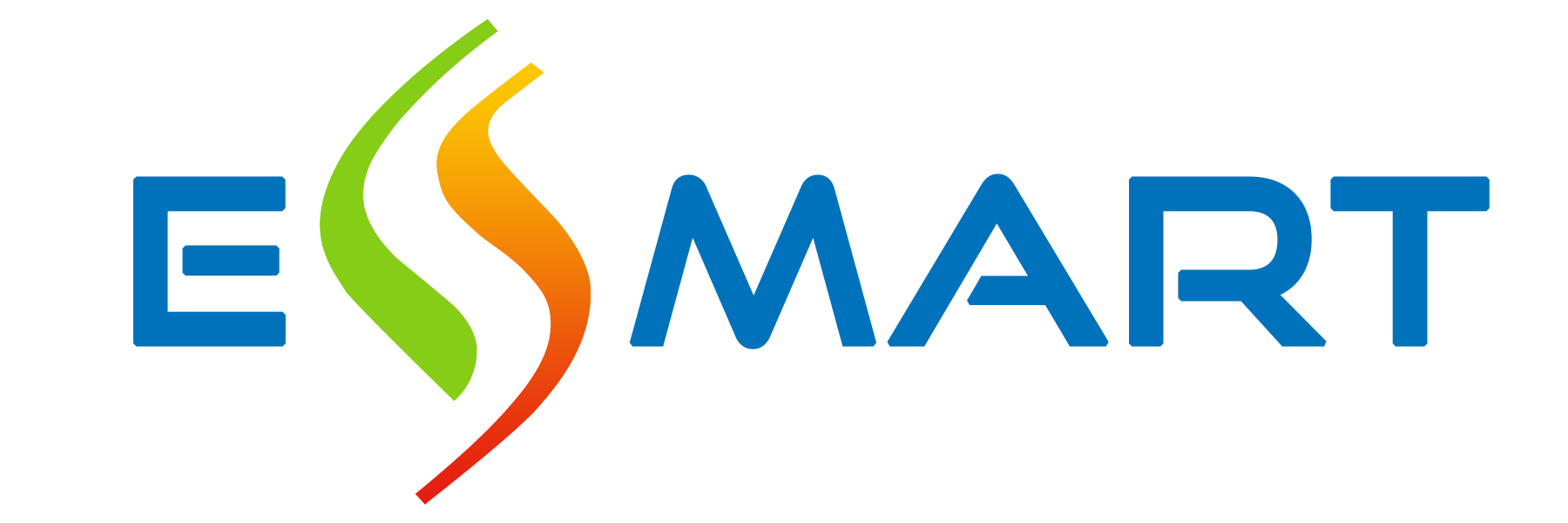Blockchain technology has gained significant attention in recent years as a revolutionary innovation with the potential to disrupt various industries. One of the key components of blockchain technology is the network itself, which consists of a decentralized peer-to-peer network of nodes that work together to validate and record transactions in a secure and immutable manner. As blockchain continues to gain traction, investors are increasingly looking at blockchain networks as an attractive investment opportunity. However, assessing the health of a blockchain network for investment purposes can be a complex and challenging task.
In this article, we will explore the various factors that investors should consider when assessing the health of a blockchain network for investment purposes. We will look at the key metrics and indicators that can help investors evaluate the performance, security, and stability of a blockchain network. By understanding these factors, investors can make more informed investment decisions Quantix Prime AI and mitigate the risks associated with investing in blockchain technology.
1. Network Security Security is a critical consideration when evaluating the health of a blockchain network for investment purposes. A secure network is essential to protect against malicious actors and ensure the integrity of transactions. Investors should assess the security mechanisms in place on a blockchain network, such as encryption algorithms, consensus mechanisms, and network governance. A network with strong security features is more likely to withstand cyberattacks and maintain the trust of users and investors.
2. Consensus Mechanism The consensus mechanism is another important factor to consider when assessing the health of a blockchain network. The consensus mechanism is the protocol used by nodes on the network to agree on the validity of transactions and reach consensus on the state of the blockchain. Different blockchain networks use different consensus mechanisms, such as Proof of Work (PoW), Proof of Stake (PoS), and Delegated Proof of Stake (DPoS). Investors should evaluate the effectiveness and scalability of the consensus mechanism to ensure the network can handle increasing transaction volumes and remain secure and decentralized.
3. Transaction Speed and Scalability Transaction speed and scalability are key considerations for investors looking to assess the health of a blockchain network. A network with fast transaction speeds and high scalability is more attractive to users and investors, as it can process a large number of transactions quickly and efficiently. Investors should look at the block size, block time, and transaction fees on a blockchain network to assess its scalability and performance under different conditions.
4. Community and Developer Support The strength of the community and developer support is another important factor to consider when evaluating the health of a blockchain network for investment purposes. A network with a large and active community of users and developers is more likely to grow and adapt to changing market conditions. Investors should look at the level of developer activity, community engagement, and governance structures on a blockchain network to gauge its long-term sustainability and growth potential.
5. Regulatory Compliance Regulatory compliance is a crucial consideration for investors looking to assess the health of a blockchain network for investment purposes. Regulatory uncertainty can pose risks to blockchain projects and impact their ability to attract investment and users. Investors should evaluate the regulatory landscape in which a blockchain network operates and assess the project’s compliance with relevant laws and regulations. A network that is compliant with regulatory requirements is more likely to attract institutional investors and foster mainstream adoption.
6. Transparency and Accountability Transparency and accountability are essential factors that investors should consider when assessing the health of a blockchain network. A transparent network provides users and investors with visibility into the network’s operations, governance decisions, and financial transactions. Investors should look for projects that prioritize transparency and accountability and provide regular updates on their progress and milestones. A network that is transparent and accountable is more likely to gain trust and credibility in the market.
In conclusion, assessing the health of a blockchain network for investment purposes requires careful consideration of various factors, including security, consensus mechanism, transaction speed, community support, regulatory compliance, transparency, and accountability. By evaluating these factors, investors can make informed decisions and mitigate the risks associated with investing in blockchain technology. As blockchain technology continues to evolve, investors will need to stay informed and adapt their investment strategies to capitalize on the opportunities presented by this groundbreaking innovation.






 Visit Today : 149
Visit Today : 149 Total Visit : 191153
Total Visit : 191153